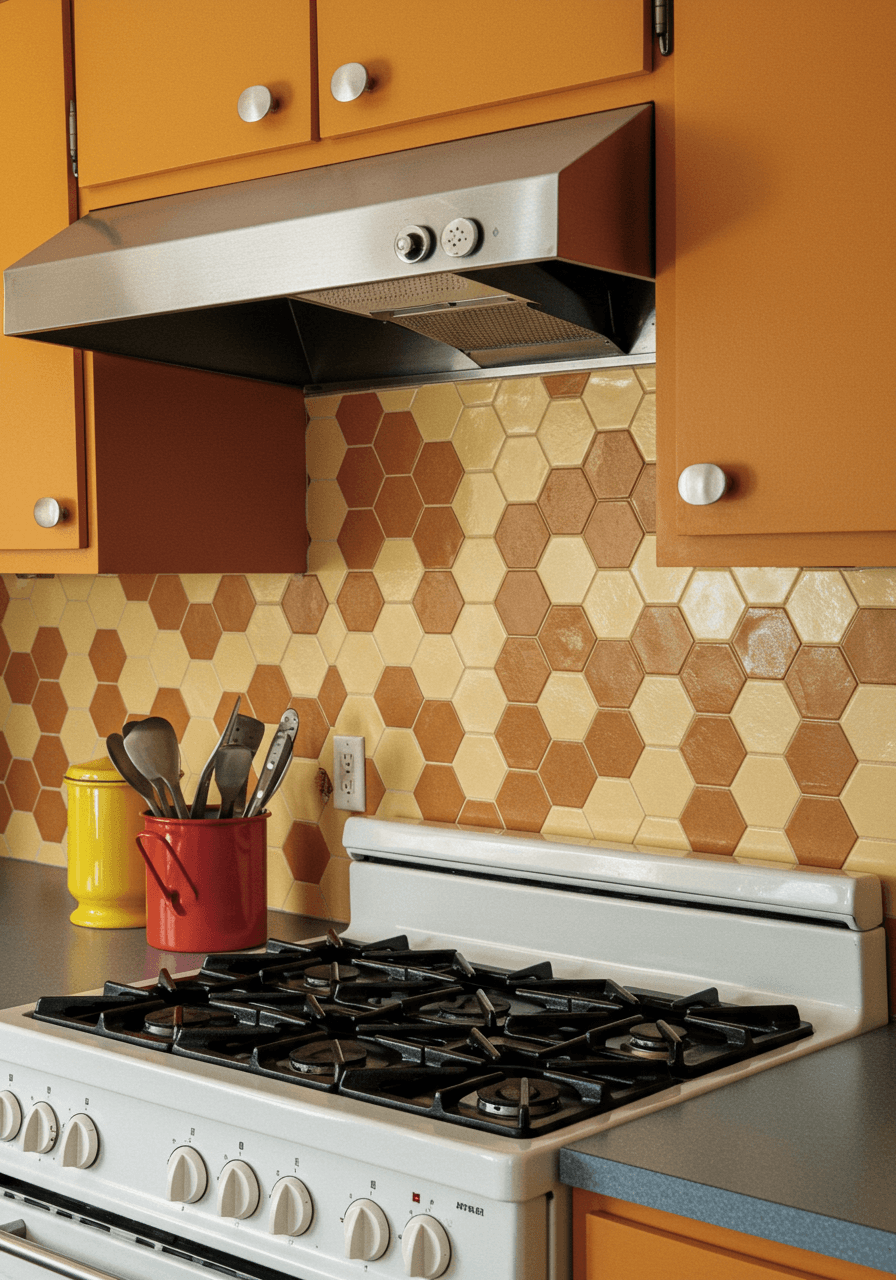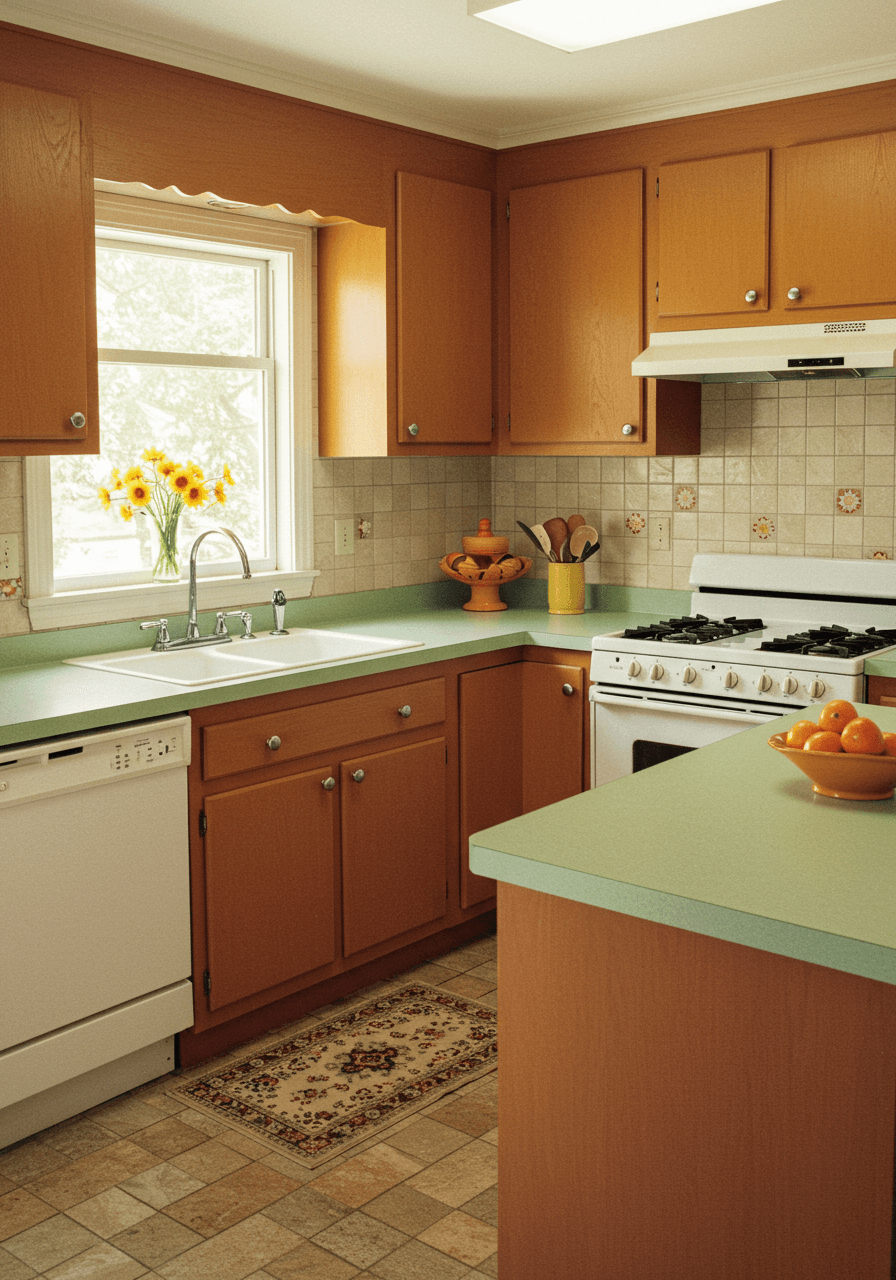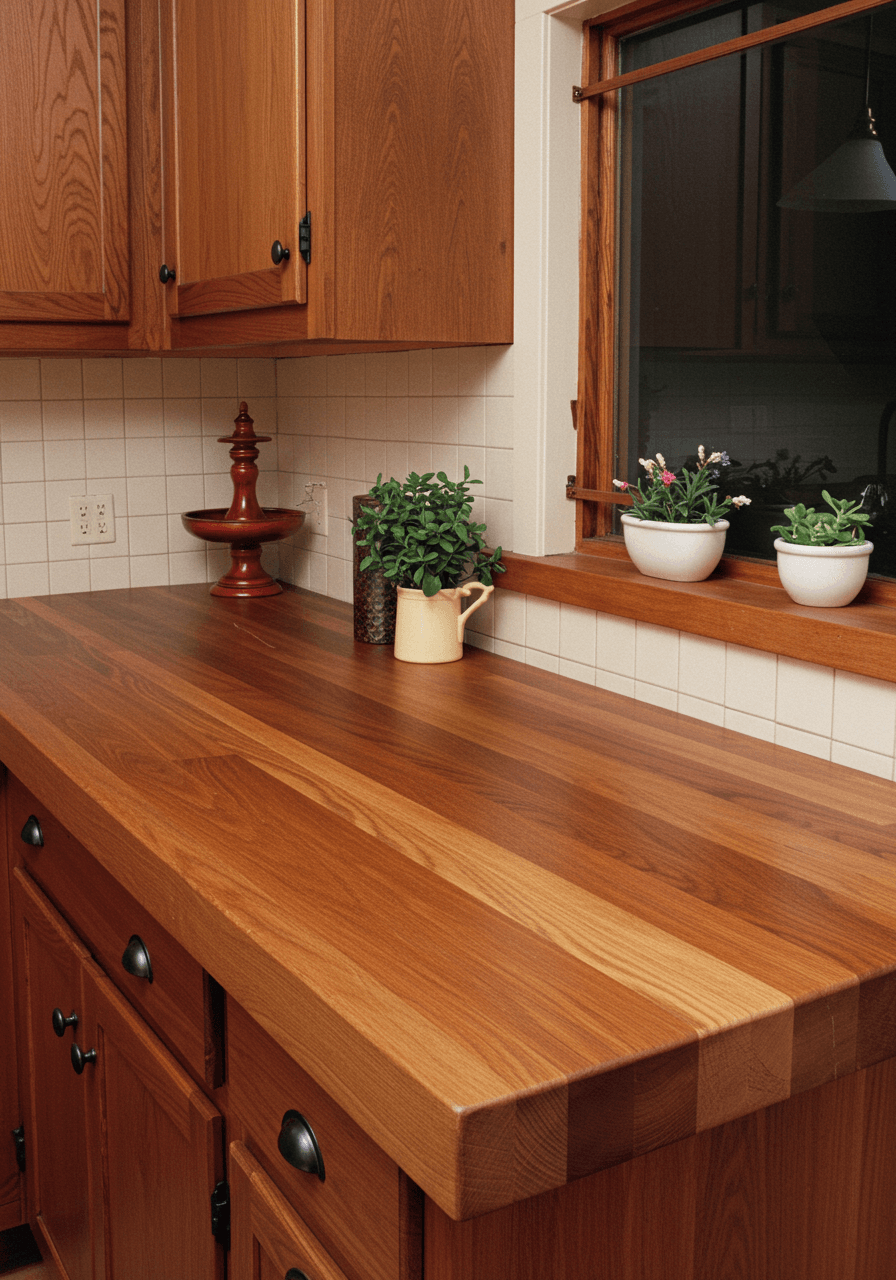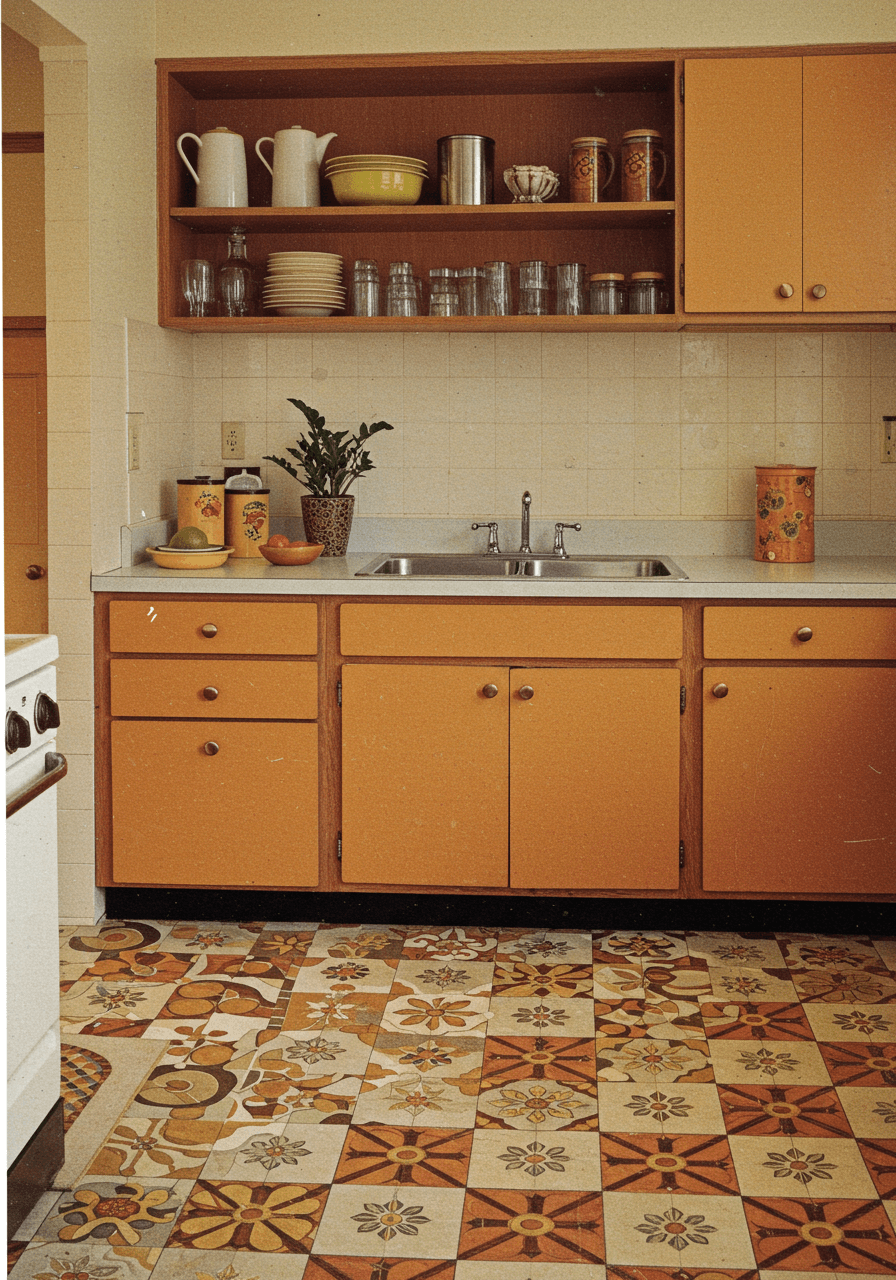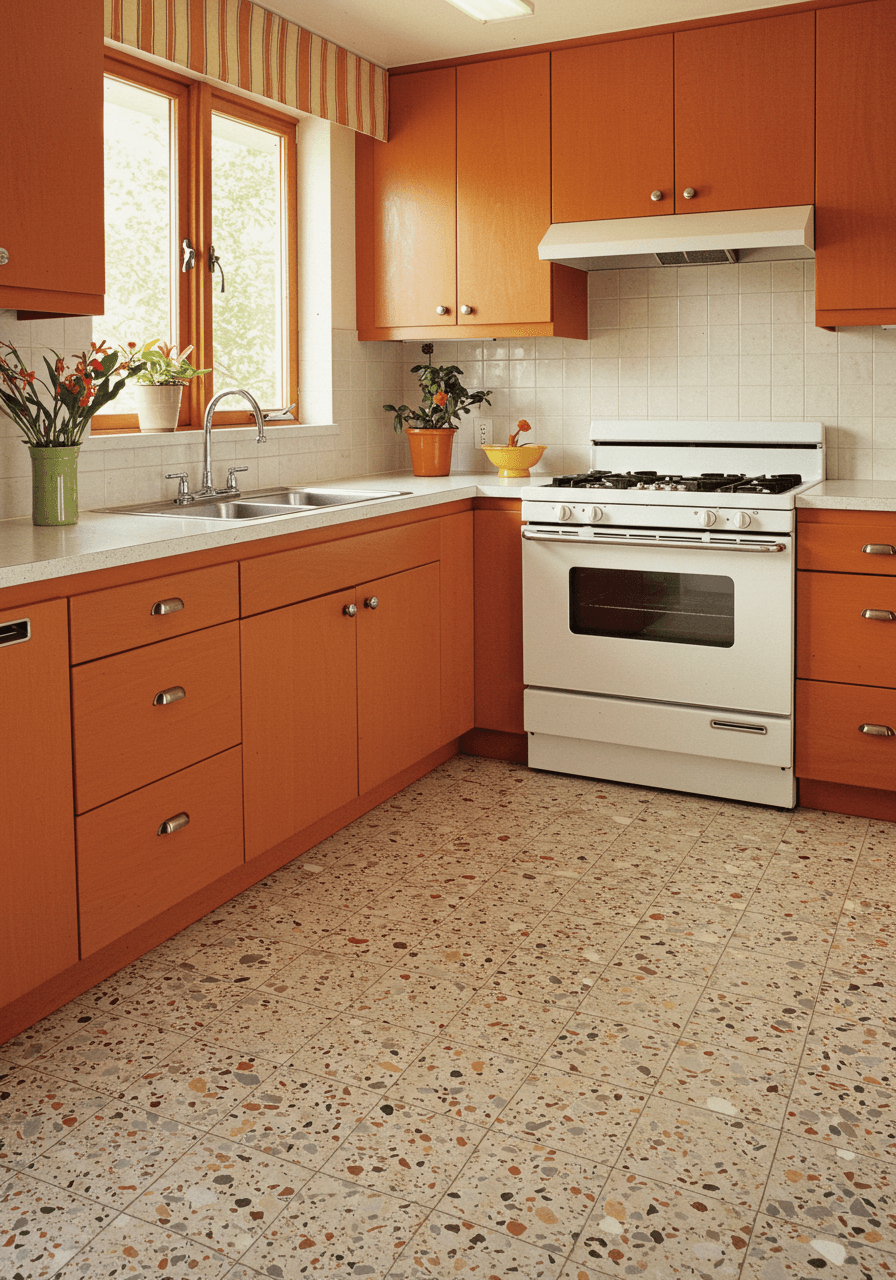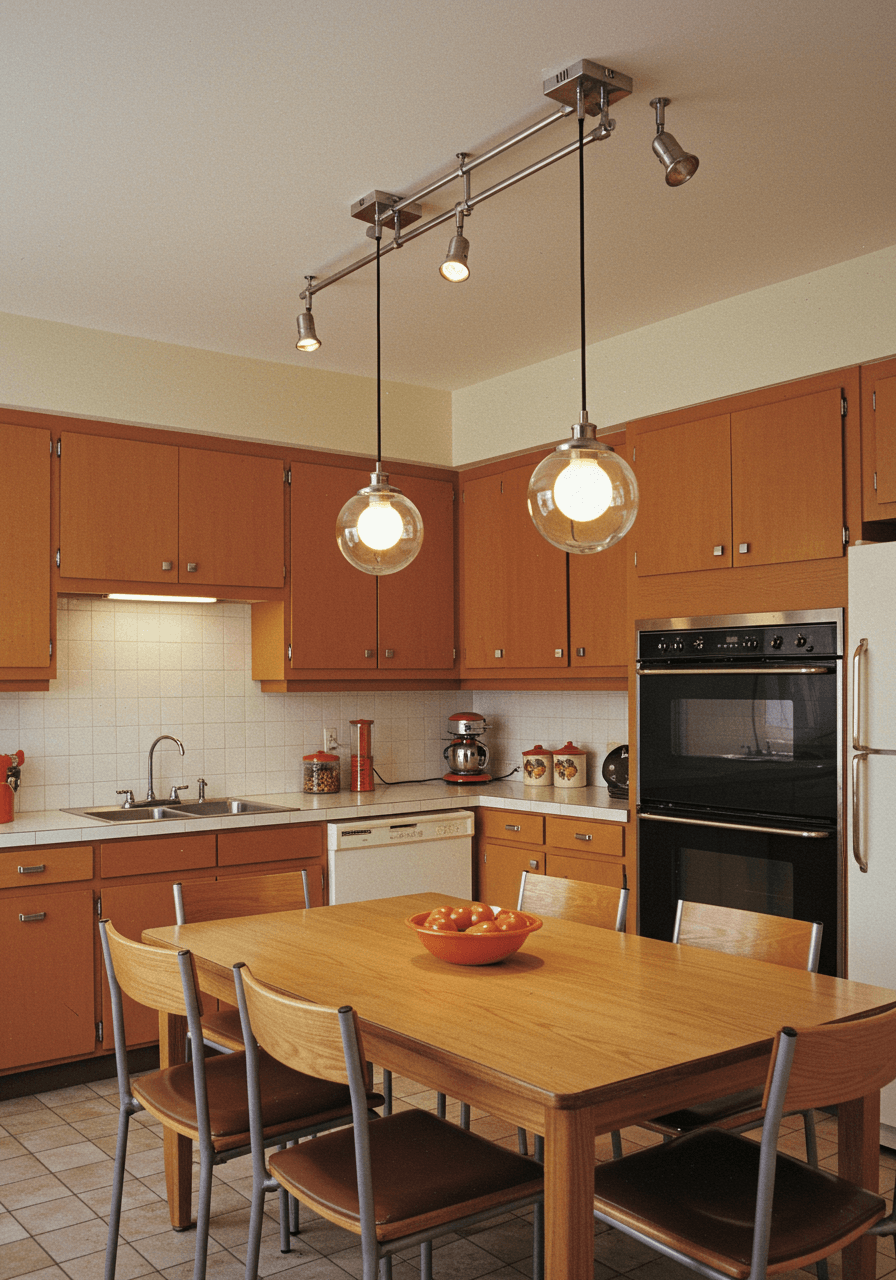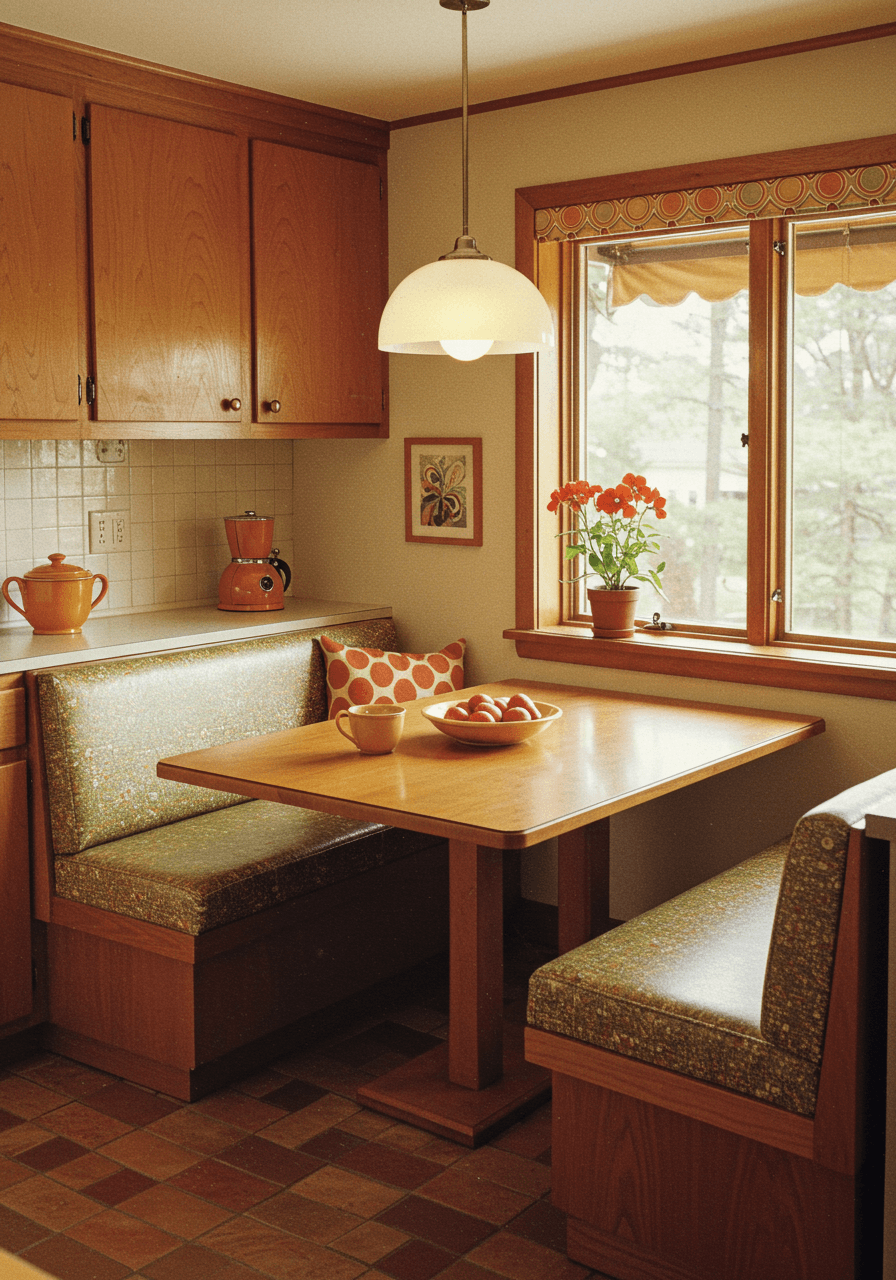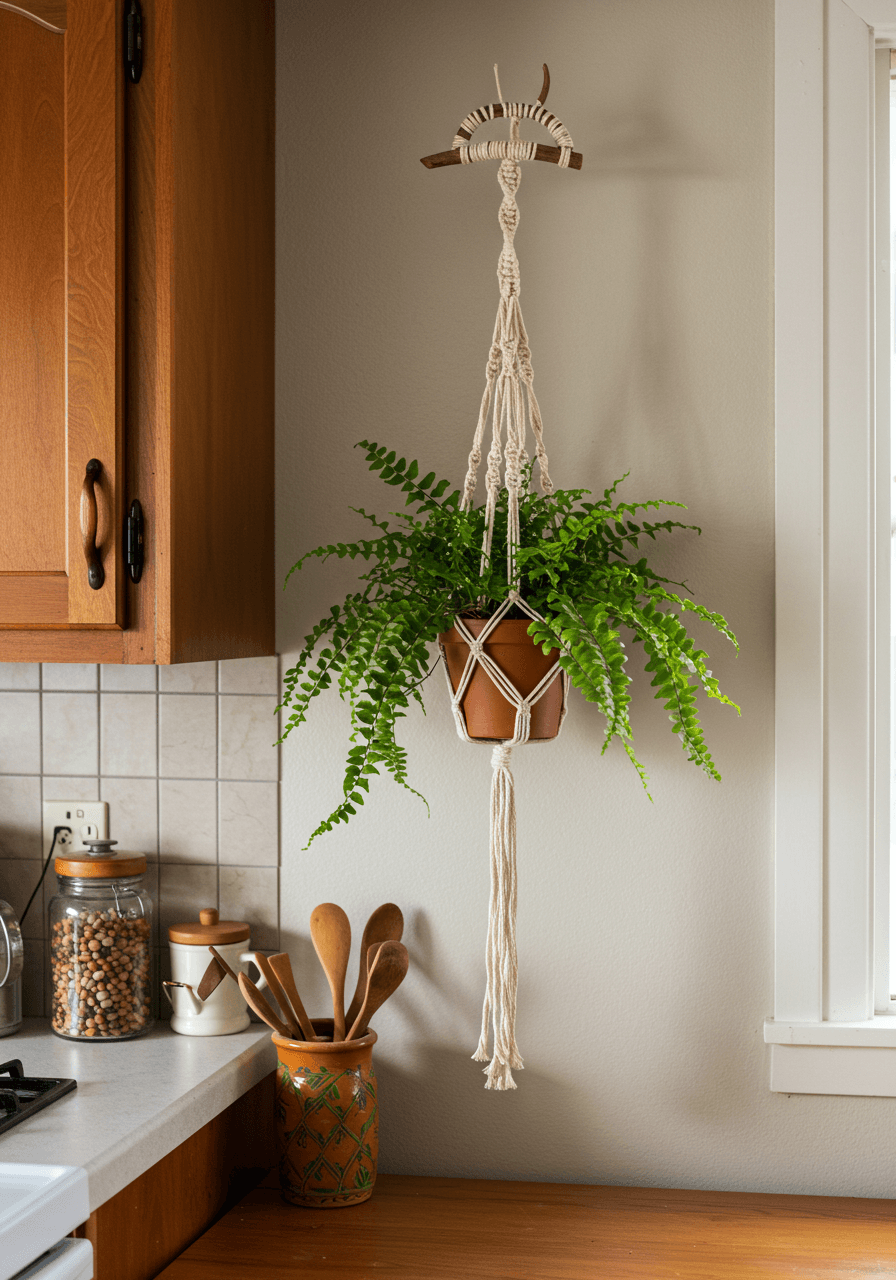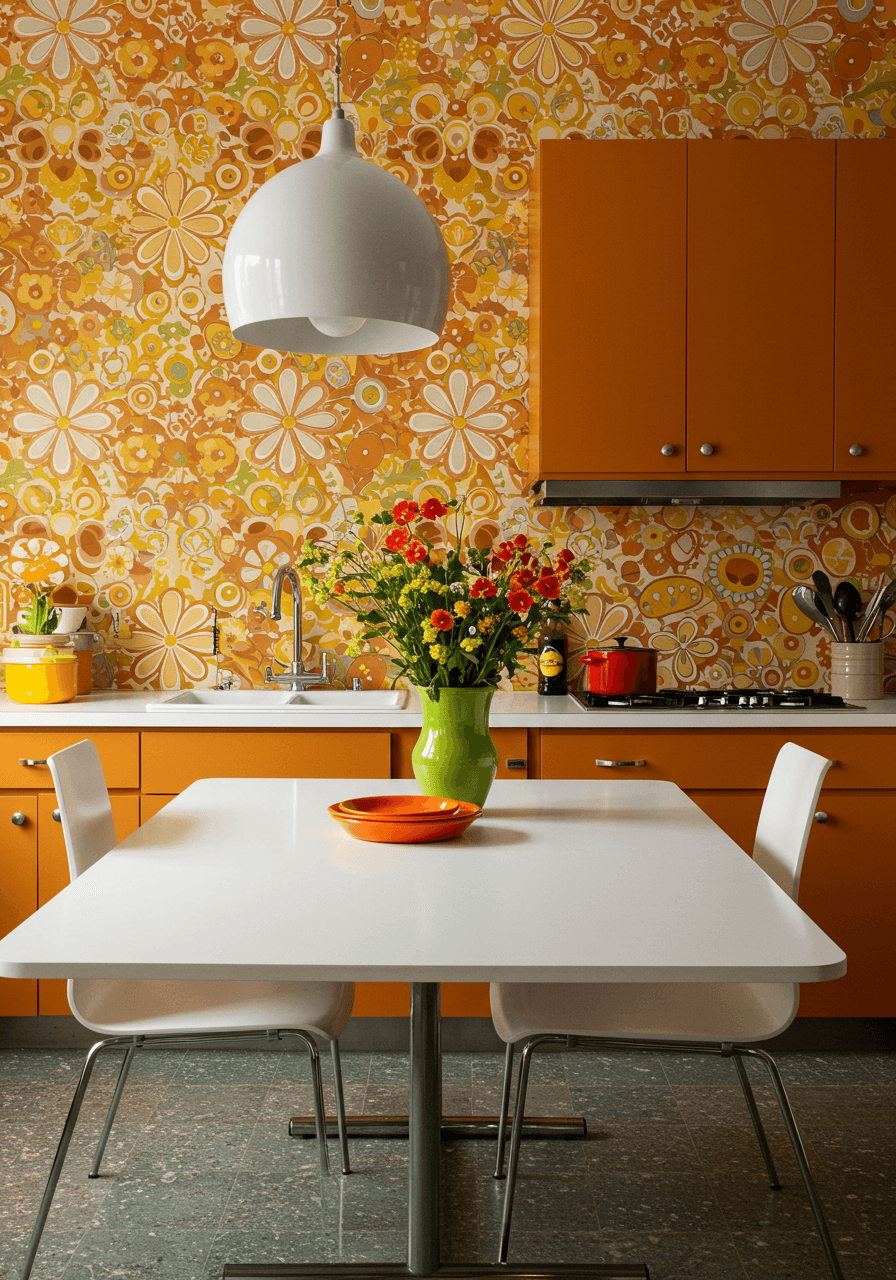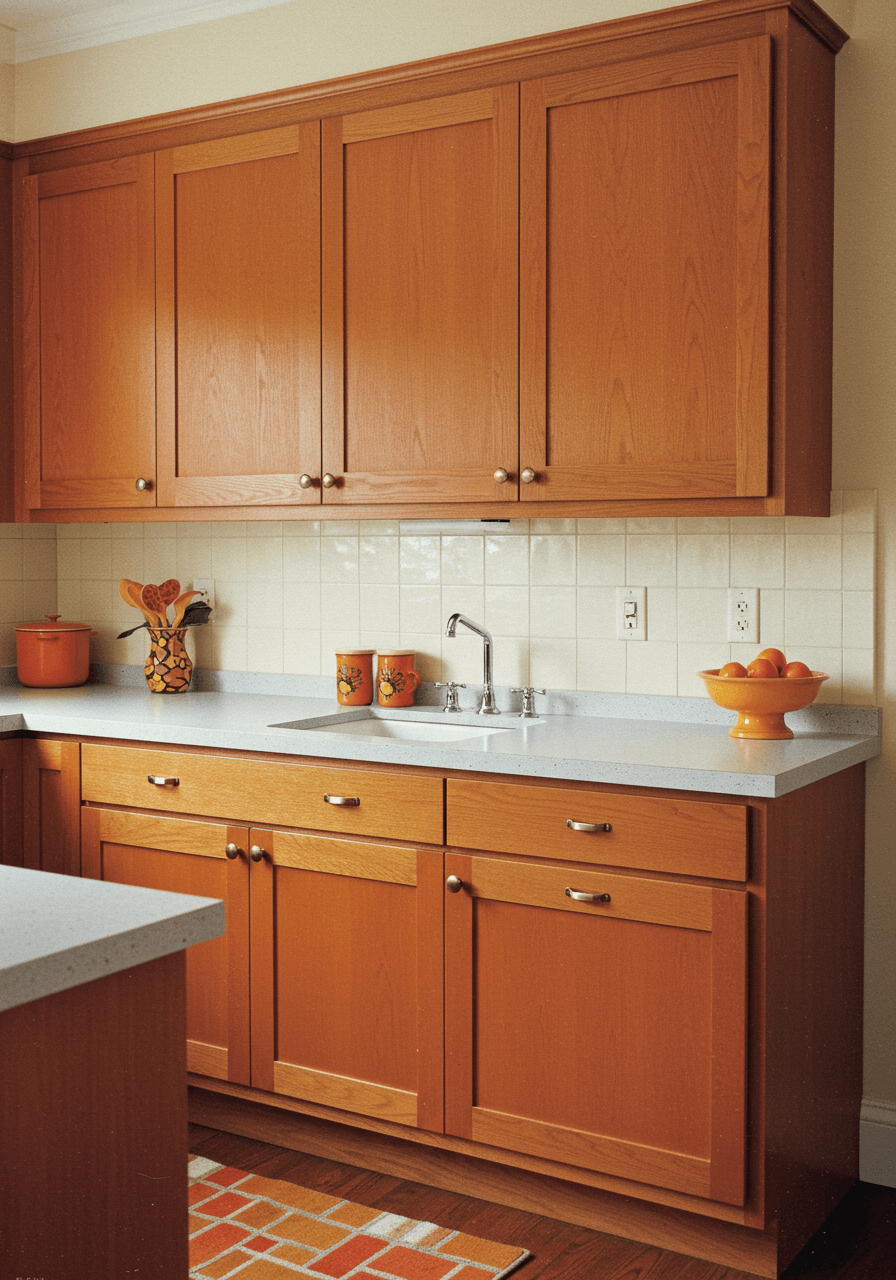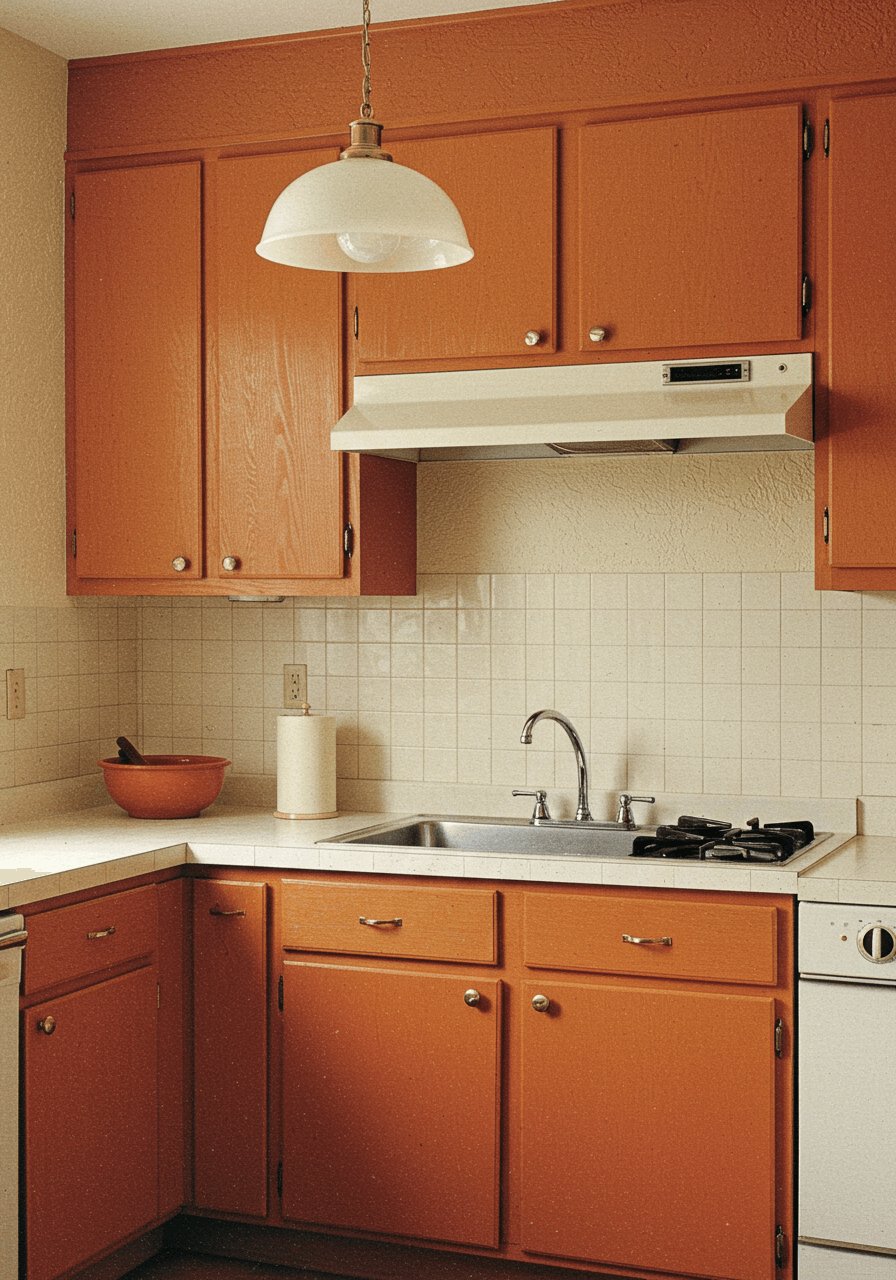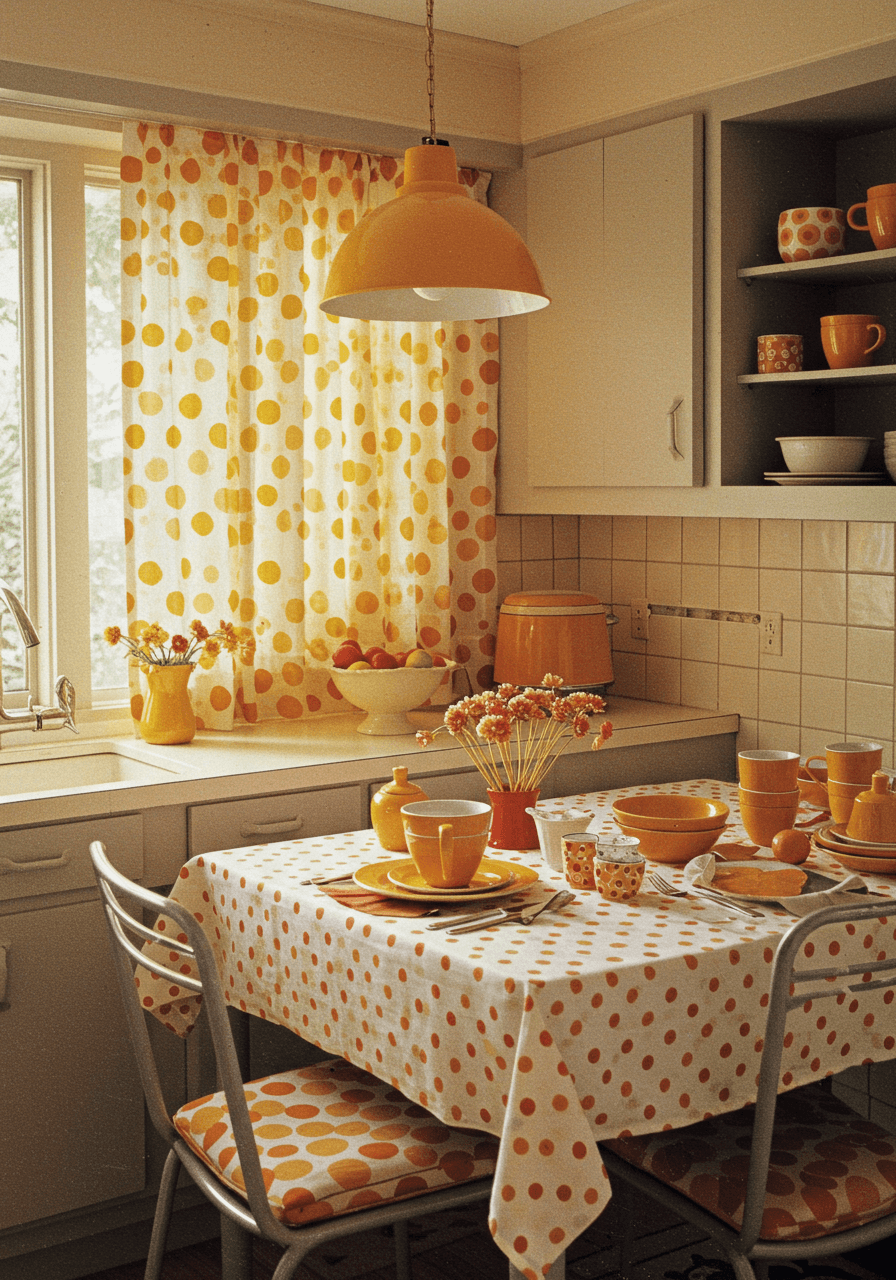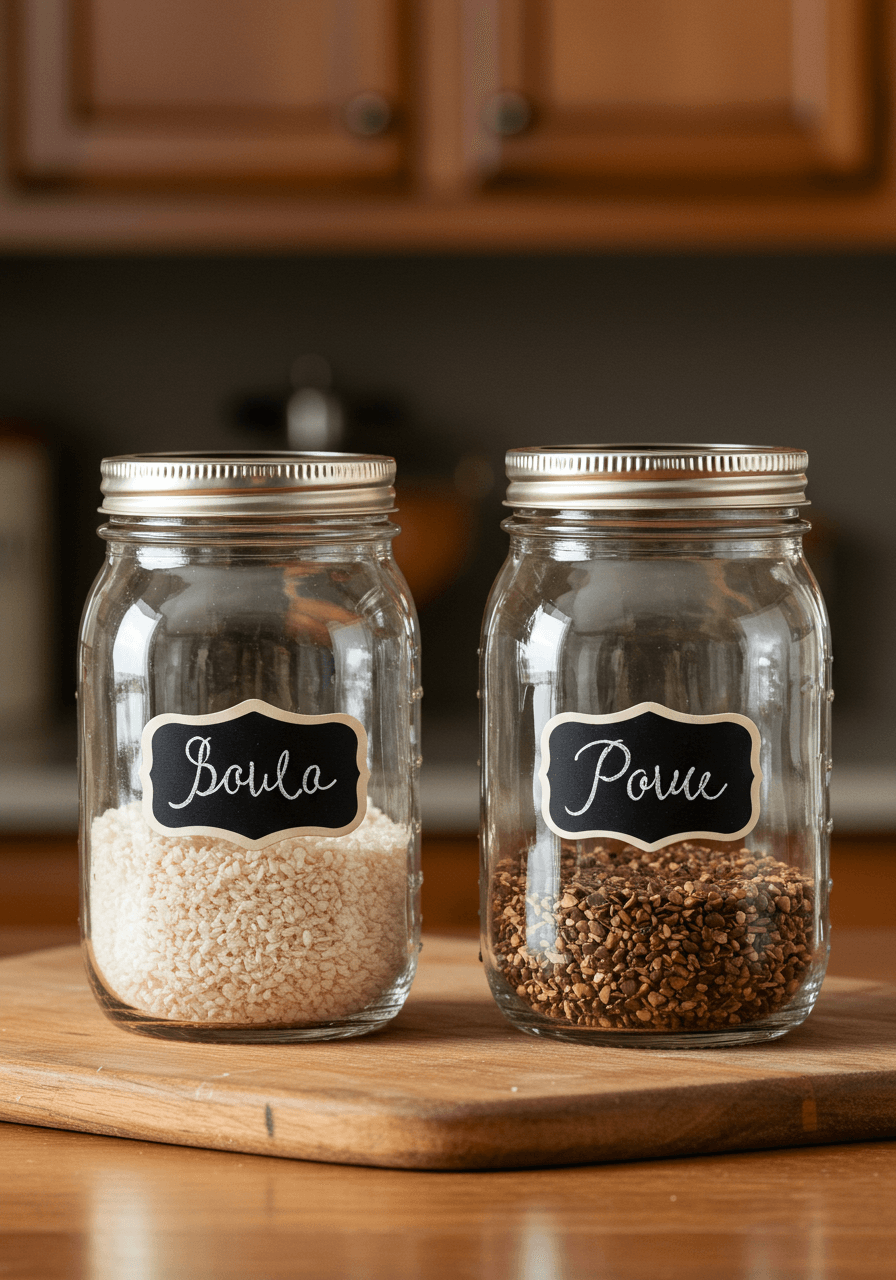Ah, the 1970s—a decade of bold colors, innovative textures, and an undeniable flair for creativity. From bell-bottom jeans to disco music, the ’70s left a lasting impression on culture, fashion, and, yes, even kitchen design. If you’re diving into interior design, home decor, or DIY projects, there’s no better way to add personality to your space than by embracing the vibrant essence of this iconic era.
In this article, we’ll explore 19 key aspects of 70s kitchen design, breaking them down in detail so you can recreate—or at least draw inspiration from—this unforgettable style. Whether you’re looking to fully commit to a retro aesthetic or incorporate some vintage charm, let’s dive right in!
1. Earthy Color Palette: Nature’s Palette in Full Bloom
The 70s kitchen was all about earthy tones—colors inspired by nature itself. Avocado green, harvest gold, burnt orange, mustard yellow, terracotta, and olive green were staples. These hues weren’t just trendy; they created a warm, inviting atmosphere that made kitchens feel like cozy retreats. To incorporate this look today, try painting one accent wall in avocado green or adding pops of color through accessories like dishware, curtains, or even appliances. If you’re feeling bold, consider updating your cabinets with a fresh coat of paint in one of these signature shades.
2. Wood Paneling: Warmth Meets Texture
Wood paneling wasn’t just reserved for walls—it extended to cabinetry, countertops, and even flooring. Natural wood finishes like walnut, oak, and teak added warmth and depth to any space. During the 70s, wood grain textures were celebrated rather than hidden, making them a defining feature of the era. For modern kitchens, you can achieve a similar effect by installing wooden open shelves, opting for butcher block countertops, or applying wood-look vinyl wraps to existing surfaces. It’s a great way to add texture without committing to a full overhaul.
3. Hexagonal Tile Backsplashes: A Playful Twist
Hexagonal tiles were everywhere in the 70s, especially in kitchens. These small, six-sided tiles came in a variety of colors and materials, including ceramic, vinyl, and cork. They were often arranged in honeycomb patterns or mixed with other shapes for added visual interest. Today, hexagonal tiles are still incredibly popular, and they’re easier than ever to install. Use them as a backsplash behind your stove or sink, or go all out and cover an entire wall for maximum impact.
4. Laminate Countertops: Practicality Meets Style
Laminate countertops were the go-to choice for many homeowners in the 70s because they were durable, affordable, and available in a wide range of colors and patterns. Shades like avocado green, harvest gold, and terracotta were particularly popular, but there were also options with geometric designs or faux marble effects. Modern laminate countertops have come a long way, offering high-quality finishes that mimic natural stone or wood. Consider using laminate to recreate a retro vibe while keeping maintenance simple.
5. Butcher Block Counters: Rustic Charm at Its Best
Butcher block countertops brought a rustic, farmhouse-inspired feel to 70s kitchens. Made from strips of hardwood glued together, these counters offered a warm, inviting surface that paired beautifully with wood cabinetry. Plus, they were practical for food prep. If you want to incorporate this look today, choose a reclaimed wood countertop or opt for a smaller butcher block cutting board as an accent piece. Don’t forget to seal it properly to ensure longevity!
6. Open Shelving: Show Off Your Personality
Open shelving was a hallmark of 70s kitchen design, reflecting the era’s emphasis on functionality and accessibility. Instead of hiding dishes away in closed cabinets, people proudly displayed their favorite glassware, cookbooks, and plants. This approach not only saved space but also created opportunities for personal expression. To try this trend in your own kitchen, start small by replacing one cabinet door with floating shelves. Group items thoughtfully—mixing textures and materials adds visual interest.
7. Patterned Linoleum Floors: Retro Underfoot
Patterned linoleum floors were a staple in 70s kitchens, featuring everything from checkerboard designs to floral motifs and abstract shapes. These floors were practical, easy to clean, and added a playful touch to any space. If you love the idea but don’t want to commit to a full floor replacement, consider vinyl peel-and-stick tiles. They’re perfect for DIY projects and come in a variety of retro-inspired patterns.
8. Terrazzo Flooring: Timeless Elegance
Terrazzo flooring, with its speckled appearance, was another popular option in the 70s. It combined tiny chips of marble, glass, or quartz with a cement or resin base, creating a unique and durable surface. While terrazzo might seem more formal, it works surprisingly well in casual kitchens when paired with earthy tones and natural materials. Look for modern terrazzo tiles or sheets to recreate this classic look.
9. Pendant Lighting: Simple Yet Effective
Pendant lights with globe-shaped glass shades or metallic finishes were a common sight in 70s kitchens. They hung above dining tables, breakfast bars, and workspaces, providing ample illumination while adding visual interest. Track lighting systems allowed for adjustable spotlights, perfect for highlighting specific areas. Update your lighting with pendants that echo the simplicity of the 70s, or experiment with vintage fixtures for an authentic touch.
10. Built-In Seating: Cozy Comfort
Built-in seating, such as banquette benches or nooks, was a clever way to save space and create a cozy dining area within the kitchen. Often upholstered in vinyl or fabric, these seats provided comfort and style. If your kitchen layout allows, consider adding a built-in bench or window seat. Pair it with throw pillows in bold patterns for a pop of color.
11. Macramé Wall Hangings: Textured Artistry
Macramé wall hangings and plant hangers were all the rage in the 70s, bringing a bohemian flair to kitchens. These handmade pieces added texture and personality to otherwise plain walls. To incorporate this trend today, search for macramé plant hangers online or make your own using tutorials. Hang a potted fern or spider plant for a touch of greenery.
12. Bold Wallpaper: Walls That Speak
Wallpaper with large floral patterns, geometric shapes, or stripes was a defining feature of 70s kitchens. These bold designs transformed plain walls into statement-making backdrops. If you’re hesitant about covering an entire wall, try a removable wallpaper in a retro-inspired pattern. Alternatively, use stencils to create custom designs on your walls.
13. Houseplants: Bring the Outdoors In
Houseplants were ubiquitous in 70s kitchens, with ferns, spider plants, and succulents being favorites. Plants added life and freshness to the space, complementing the earthy color palette. Incorporate plants into your kitchen by placing them on shelves, windowsills, or hanging baskets. Choose low-maintenance varieties if you’re new to gardening.
14. Shaker-Style Cabinets: Clean Lines and Simplicity
Shaker-style cabinets, with their flat-panel doors and minimal ornamentation, were a popular choice in the 70s. Their clean lines and functional design made them versatile enough to fit into almost any kitchen. To update your cabinets with a Shaker vibe, replace outdated doors with sleek, flat-front alternatives. Paint them in a retro color for extra impact.
15. Harvest Gold Appliances: Iconic Style
Harvest gold appliances became synonymous with 70s kitchens, appearing in everything from refrigerators to ovens. This warm, golden hue symbolized luxury and modernity at the time. While finding original harvest gold appliances might be challenging today, some manufacturers still produce retro-inspired models. Alternatively, wrap your existing appliances with vinyl decals in this classic color.
16. Breakfast Bars: Casual Gatherings
Breakfast bars were a convenient addition to 70s kitchens, providing extra seating and workspace. Often paired with bar stools, these islands became central gathering spots for families. Add a breakfast bar to your kitchen by extending your counter or installing a standalone island. Choose wooden or metal bar stools for a retro look.
17. Textured Walls: Adding Depth
Textured walls, such as those with acoustic panels or stucco finishes, added depth and character to 70s kitchens. These surfaces reflected the era’s love for tactile experiences. To replicate this effect today, apply textured paint or use wallpaper with a raised pattern. You can also experiment with shiplap or beadboard paneling for a rustic twist.
18. Polka Dot Patterns: Playful Accents
Polka dots were a playful motif in 70s kitchens, appearing on fabrics, wallpaper, and even dishware. These cheerful patterns added whimsy to otherwise serious spaces. Incorporate polka dots into your kitchen through curtains, tablecloths, or decorative accents. Mix sizes and colors for a dynamic look.
19. Mason Jars: Rustic Storage Solutions
Mason jars were used for storage, drinking glasses, and even vases in 70s kitchens. Their utilitarian design fit perfectly with the era’s emphasis on practicality and charm. Use mason jars today to store spices, utensils, or snacks. Label them with chalkboard stickers for added organization. You can also repurpose them as flower vases or candle holders.
Wrapping Up: Embrace the Spirit of the 70s
Whether you choose to fully embrace the 70s aesthetic or simply borrow a few elements, there’s no denying the lasting appeal of this iconic era. From earthy tones and natural wood finishes to bold patterns and playful accessories, the 70s offer endless possibilities for creativity and self-expression. So why not let your kitchen tell a story? With these 19 design ideas, you’ll be well on your way to creating a space that’s both stylish and soulful. Happy decorating!




